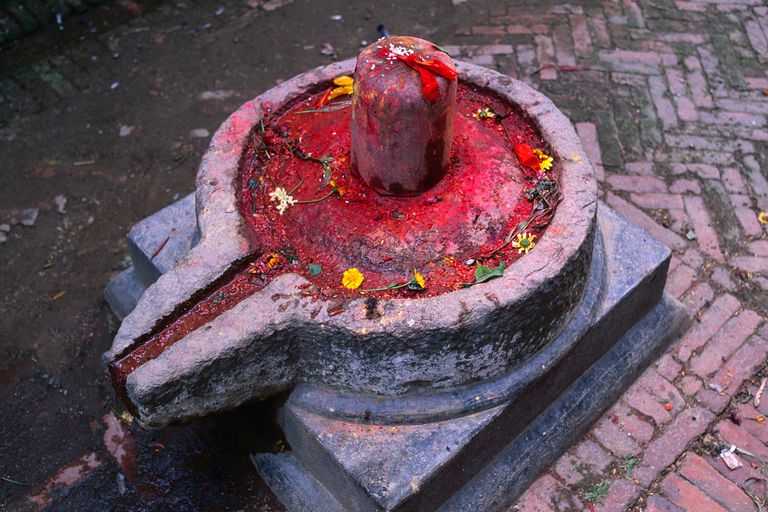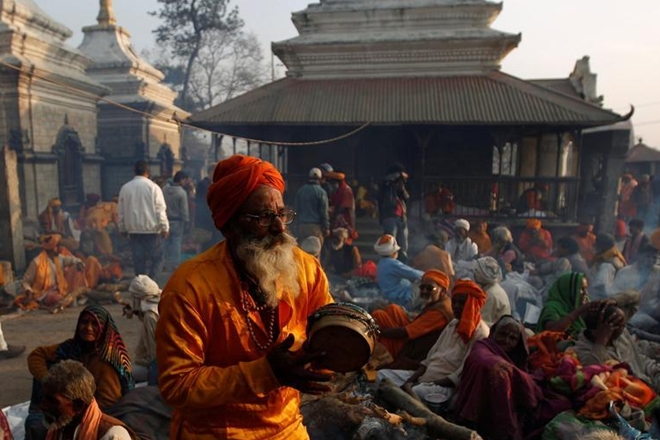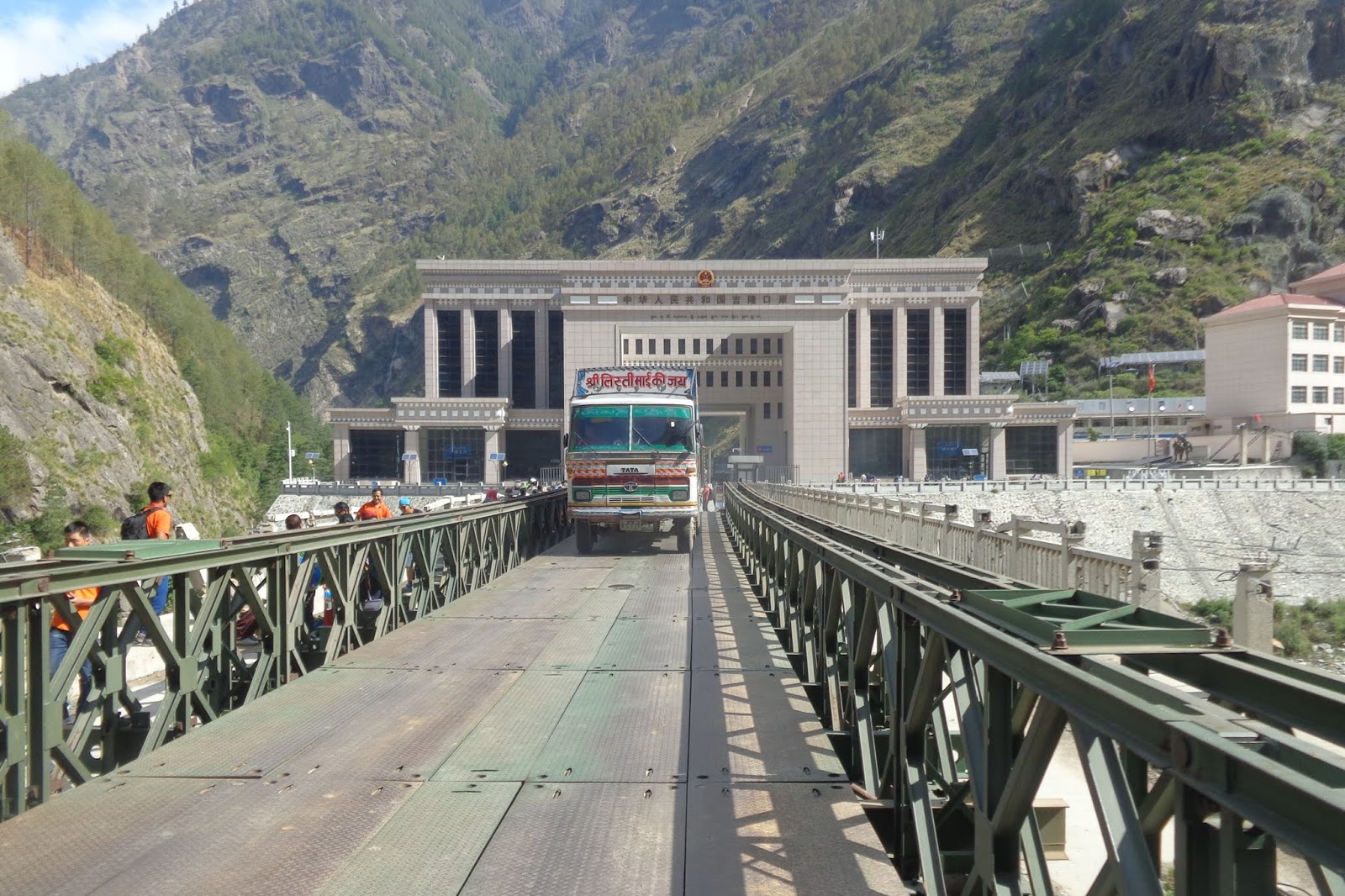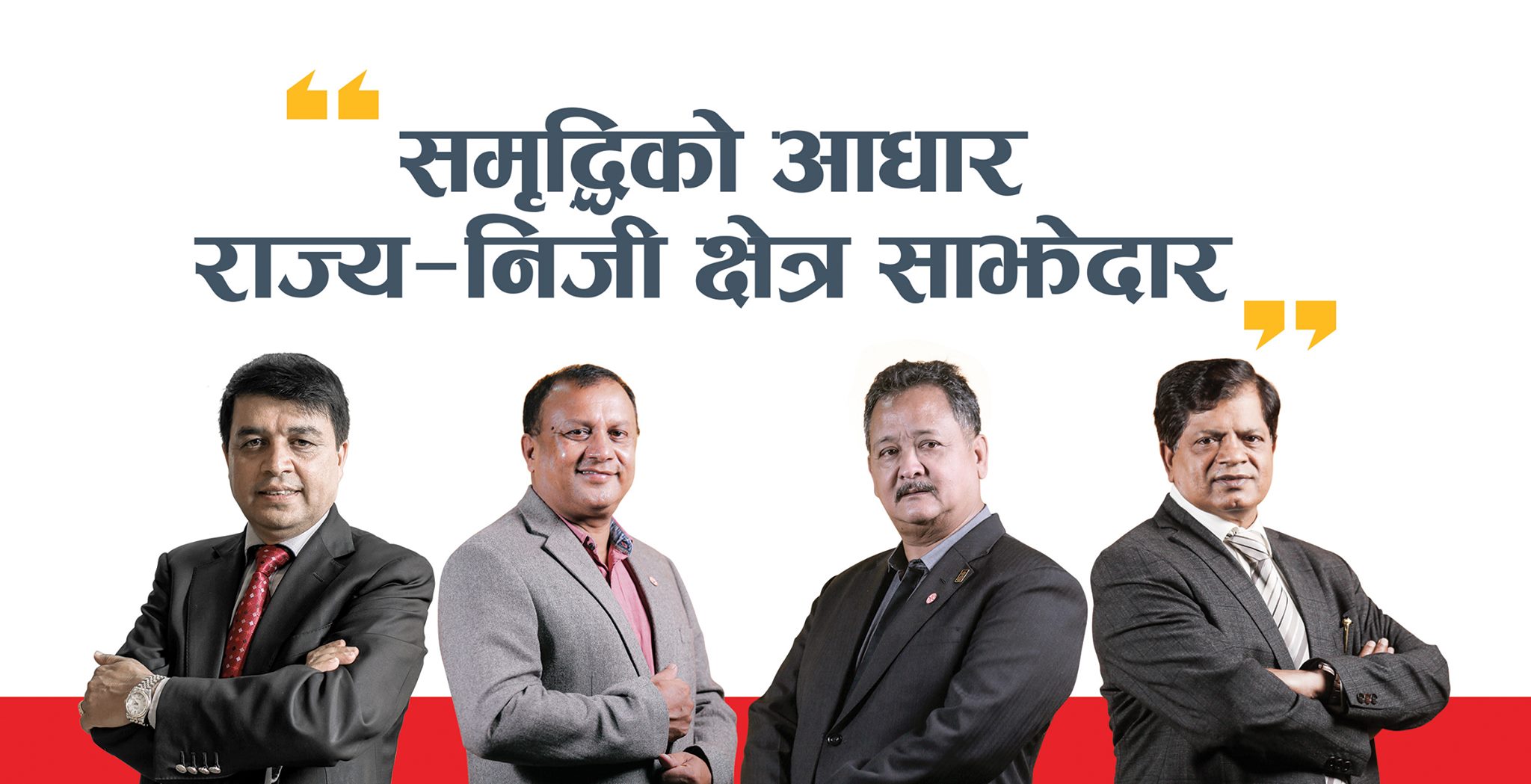
Gyanmandu: The Omnipotent, the omnipresent, the eternal, the endless, the supreme, the all mighty, and the ever forgiving. One who’s formless, limitless, transcendent and the unchanging absolute, the above all primordials, Destroyer among The Trimurti, Lord Shiva Jee. Lord Shiva is the one who creates, protects and transforms the universe. Hinduism tradition worships Lord Shiva among the Trimurti, along with Lord Brahma & Lord Vishnu. Also knows as The Adiyogi lord Shiva is also regarded to be one who is meditative, have a fond of art and he’s has been slaying many demos over the corse of the time obstructing the natural order of the universe he protects. Attributing his attire is the snake around his neck, Vasuki, the crescent moon on this head, the holy river Ganga residing on this matted hair at the top with the tiger skin wrapped around his body. The visionary outlook of Lord Shiva is supposed to be holding the trident “Trisul” as his weapon and the “Damru”, the mystical instrument which he holds as he has prevailed to be excited from the time immemorial. Shiva is the one with the third eye, which he open when he his is outrageously angry & in agony, incinerating the one who stands before him to ashes.The aniconic form of lord Shiva, one we worship as a belief towards lord Shiva presenting with our virtue of devotion and gratitude is called “Lingaa”, popularly know as Shiva Lingaa. Being among the foremost deities of Hindu tradition, Lord Shiva is revered wide across Nepal, India, Sri-Lanka and other major parts the world.

Pledging their full fidelity towards Lord Shiva, one uplifts from the inferiority of hate, materialism, illusion and the paradox of life towards the superiority of holism, sacredness of giving and sacrifice. One becomes grounded and selfless by the devotion of Lord Shiva. The holy day of Maha ShivRatri falls on the 14th day of the dark fortnight of the Maagh month, as per the Hindu Lunar calendar.The day Shivratri has been celebrated in Nepal, as an auspicious occasion of meeting Lord Shiva with the devotion one has offered being a devotee, as the principles of Lord Shiv are more vigorous on this particular day. Celebrated for the marking of the convergance of Lord Shiva and Goddess Shakti, Shiv Ratri is an ever enduring faith of Hindu pilgrims all around the globe. The cosmic dance of Lord Shiva, the " Natraja”said to be the thundering Tandaavam is performed on this day. Nepal being a religious country, brings home the celebration of Maha Shivaratri with the triumph of devotion and faith, prayers and worships and a mass of pilgrims coming from the furthest corners of the world, towards the sacred Temple of Pashupatinath. Nepal has welcomed around 1.3 million devotees per year in the recent years according to Pashupati Area Development Trust (PADT). Nepal has celebrated Maha Shivaratri till this date as a major festival of the country. People are seen flooding on this day at the various Lord Shiva temples and major shrines of Lord Shiva & Shakti across the world.

The everlasting hymns and praises sang in the name of Lord Shiva, people with offerings & delicacies around the ShivaLinga and the decorations has it’s own appraisal on this night. Pilgrims on this night keep fast and offer prayers to Lord Shiva. Large procession are carried out throughout the city, with people thronging to catch a glimpse of Lord Shiva & the grand Pashupatinath Temple. The official celebration starts at the midnight with priests praying and rhyming the name of Lord Shiva. Every devotee purifying themselves with the sacred water of the Bagmati river flowing gently along the holy banks of Pashupatinath temple has a whispering name of Shiva in their lips,”Om Nama Shivaya”, “Om Nama Shivaya”. People dance, sing and rejoice in the name of Shiva. The aghoris, saints, brahmins, priests and a major flock of pilgrims from India and around the globe gathers for the Maha Shivaratri at the Pashupatinath Temple in Kathmandu, as the temple is foreseen as the major form of lord Shiva in his divine Lingam form. As the festival comes live at night, devotees stay up all night praying Lord Shiva. A diverse field of yogis, priests and pilgrims with a company of tourists from everywhere chat “Om Namah Shivay” and “Mahamritunjaya” mantra rhyming all night long as a unified devotion praying for light over darkness. One does not only simply see the devotion towards the Lord but we seen something extraordinary, people loving and enjoying the ambiance and the vibes Pashupatinath has offered. Apart from puja, prayers and darshan the temple vicinity will be full with the artful colours and ashes scrambled all over the bodies of Sadhus, who are meditating and posing naked, Tourist seem curious. People often come to the Temple on this day to observe and see different kinds of traditional practices of yogis & sadhus, the meditation and the values. Pashupathinath Temple accompanies the biggest crowd of people helping the devotees with staying, fooding and present the pilgrims with the warm hospitality on the special night, bonfires are even flared at night resembling Lord Shiva’s divinity.

Nepal being ethnically diverse, has been welcoming every norms and values with an open heart. Festivities and celebration with a hint of tradition and culture is a must aspect of the Nepalese. Nepalese are known for their world of vibrant and colourful festivities which have a religious connection or are based on a major events from ancient mythology and holy literatures. Although Nepal has diverse beliefs and ethnic backgrounds, all gather united to celebrate the festivals. From the vivid colours of Dashain, to the dazzling lights of Tihar all the way to the prayers of Maha Shivaratri Nepal celebrates festivals throughout the year, some mark as the fresh start of the year whereas some indicate the prosperity throughout the year, Nepal has a striking cultural diversity. The harmonious coexistence of one’s pride in one’s own culture and the respect for the other’s, Nepal celebrates Maha Shivaratri every year symbolising the festival as an aspect of devotion, culture, tradition and the value for norms and one’s belief in Lord Shiva.



































